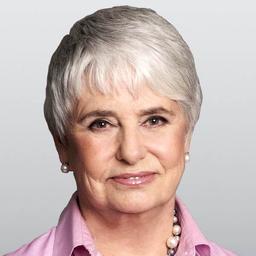Commentary
Throughout history, to avoid material harm, or to gain social acceptance from an oppressor group, many people have suppressed a stigmatizing identity and “passed.” Jews have passed for gentile; mixed-race for white; indigenous for non-indigenous. Most of these fakers sought the greatest possible anonymity; the more they blended in, the less scrutiny they attracted. Their motivation—fear of the oppressor—was grounded in reality.





